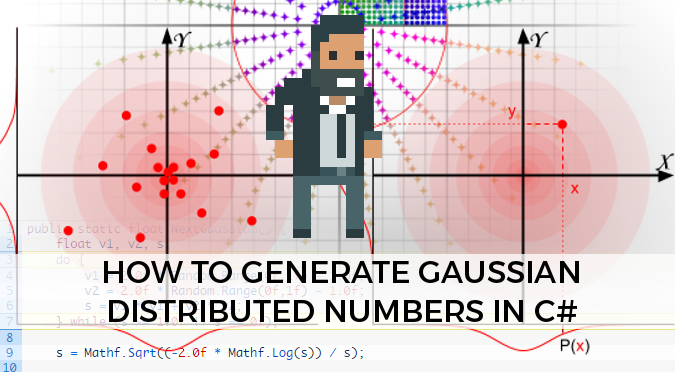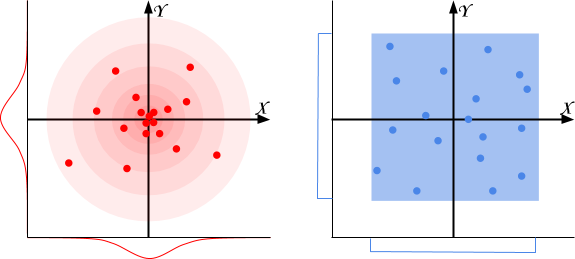
Following the unexpected success of the tutorial on Inverse Kinematics for Tentacles, I have decided to share the shader that I used to make them so realistic.

If you are not familiar with shaders, fear not. This tutorial will be target at beginners, and you’ll only need a basic understanding of how Unity works.
- Introduction
- Part 1. Creating a new Shader
- Part 2. Refitting the Shader
- Part 3. Normal Extrusion
- Part 4. Sucker Waves
- Part 5. Selective Extrusion
- Conclusion & Download
A link to download the full Unity package for this tutorial is provided at the end.


